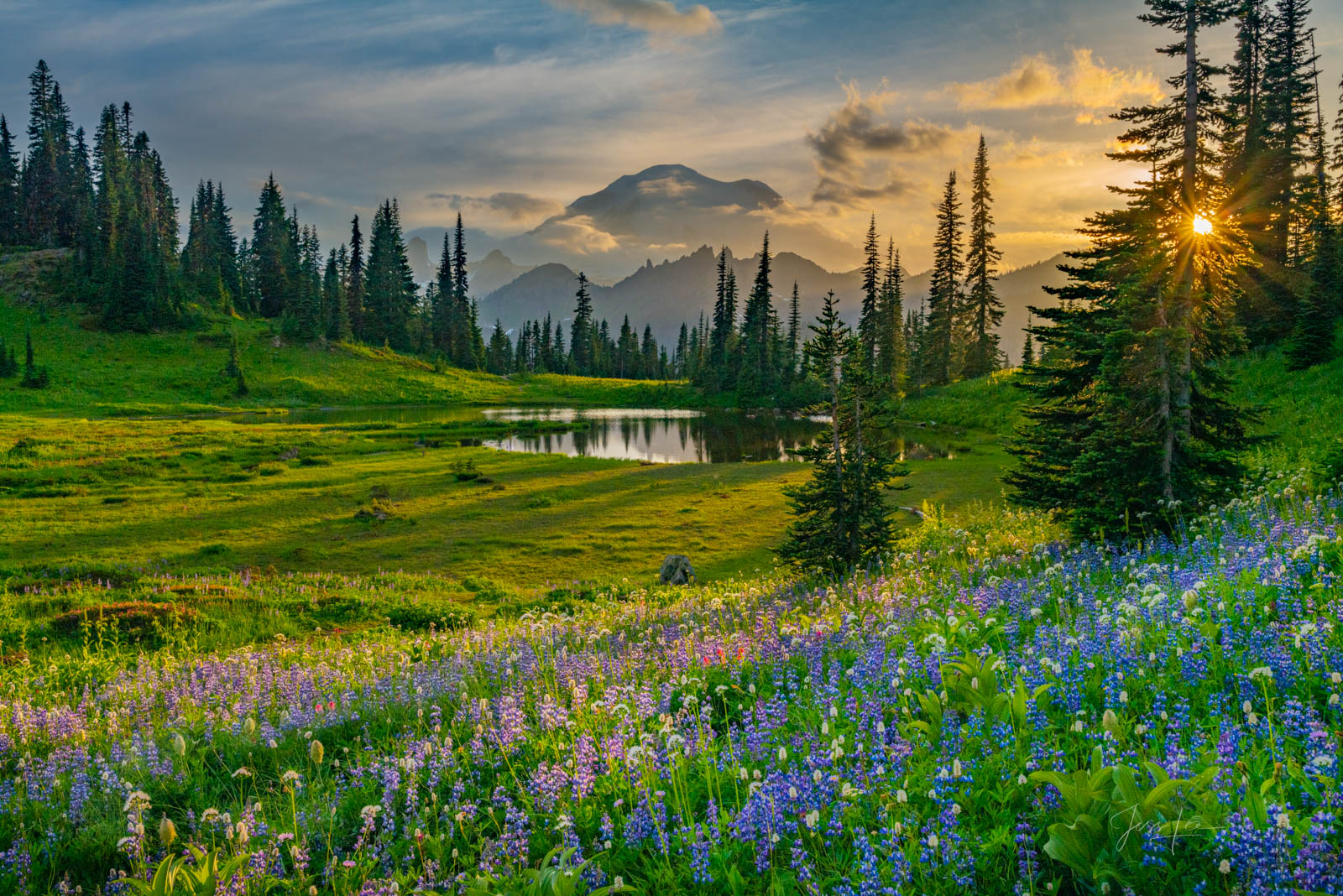Blitz News Digest
Stay updated with the latest trends and insights.
Framing Your World: The Secret Life of Landscapes
Unlock the hidden stories of landscapes and discover how they shape your world in ways you never imagined!
Exploring the Impact of Light on Landscape Photography
The influence of light in landscape photography is paramount, shaping not only the aesthetic quality of the images but also how they resonate with the viewer. Different times of day offer varying light qualities; for instance, the golden hour—the period shortly after sunrise and before sunset—creates soft, warm tones that enhance the natural beauty of a scene. Photographers often seek out this magical time to capture landscapes, as the low angle of the sun casts long shadows and adds depth to the composition. In contrast, midday sun can produce harsh shadows and unflattering glare, making it less ideal for landscape work. Understanding the subtleties of natural light allows photographers to choose the right conditions for their shots, ultimately transforming an ordinary landscape into something extraordinary.
In addition to the time of day, the quality of light also varies with weather conditions and atmospheric effects. For instance, cloudy skies can diffuse light, creating a soft and even illumination that is especially suitable for capturing vibrant colors and intricate details in foliage and rocks. On the other hand, dramatic weather events like storms can bring intense contrasts, with dark clouds juxtaposed against bright sunlight breaking through, resulting in striking visuals that evoke emotion. Utilizing such conditions effectively requires a keen sense of timing and an understanding of how light interacts with the landscape. By experimenting with various lighting conditions, photographers can discover unique perspectives that highlight the beauty of the natural world in their landscape photography.

How to Choose the Perfect Frame for Your Natural Wonders
When it comes to showcasing your natural wonders, choosing the perfect frame is essential for enhancing their beauty and appeal. First, consider the color palette of the artwork; a well-chosen frame can either complement or contrast the colors in your piece, bringing out its vibrant hues. Next, think about the style of the frame. Natural wonders often evoke feelings of tranquility and awe, so frames that are rustic, organic, or minimalist can enhance this effect. Here are some tips to help you choose:
- Match the Mood: Select a frame that reflects the feelings you want to convey.
- Consider Size: Ensure the frame's proportions align with the artwork's dimensions.
- Think Material: Choose materials that resonate with the natural themes of your piece.
Additionally, take into account the location where the natural wonders will be displayed. The surrounding decor and lighting can significantly influence the choice of frame. For instance, if your artwork is set against a bright wall, a darker frame can create a striking contrast, while a light frame can offer a softer, more integrated look. Don’t forget about glass options as well; UV-filtering glass will help protect your artwork from harmful rays. Ultimately, the right frame should not only support but also elevate your masterpiece, allowing the beauty of natural wonders to shine through.
What Makes a Landscape Photograph Captivating?
A captivating landscape photograph often combines several key elements that engage the viewer's imagination and emotion. Composition is crucial; the rule of thirds is a timeless technique that can help create a more dynamic and visually appealing photo. By positioning the horizon along the top or bottom third of the image and balancing other elements around it, photographers can draw the eye into the scene. Additionally, lighting plays a vital role—golden hour sunlight can transform an ordinary landscape into a breathtaking spectacle, highlighting textures and enriching colors.
Another critical factor is the story behind the image. A photograph that evokes a sense of place or conveys an emotion can make it truly captivating. Incorporating elements such as leading lines—like roads, rivers, or tree lines—can guide the viewer's gaze throughout the photograph, creating a journey within the frame. Finally, post-processing techniques, when done thoughtfully, enhance the image without compromising its authenticity, allowing the landscape's beauty to resonate even more with the audience.